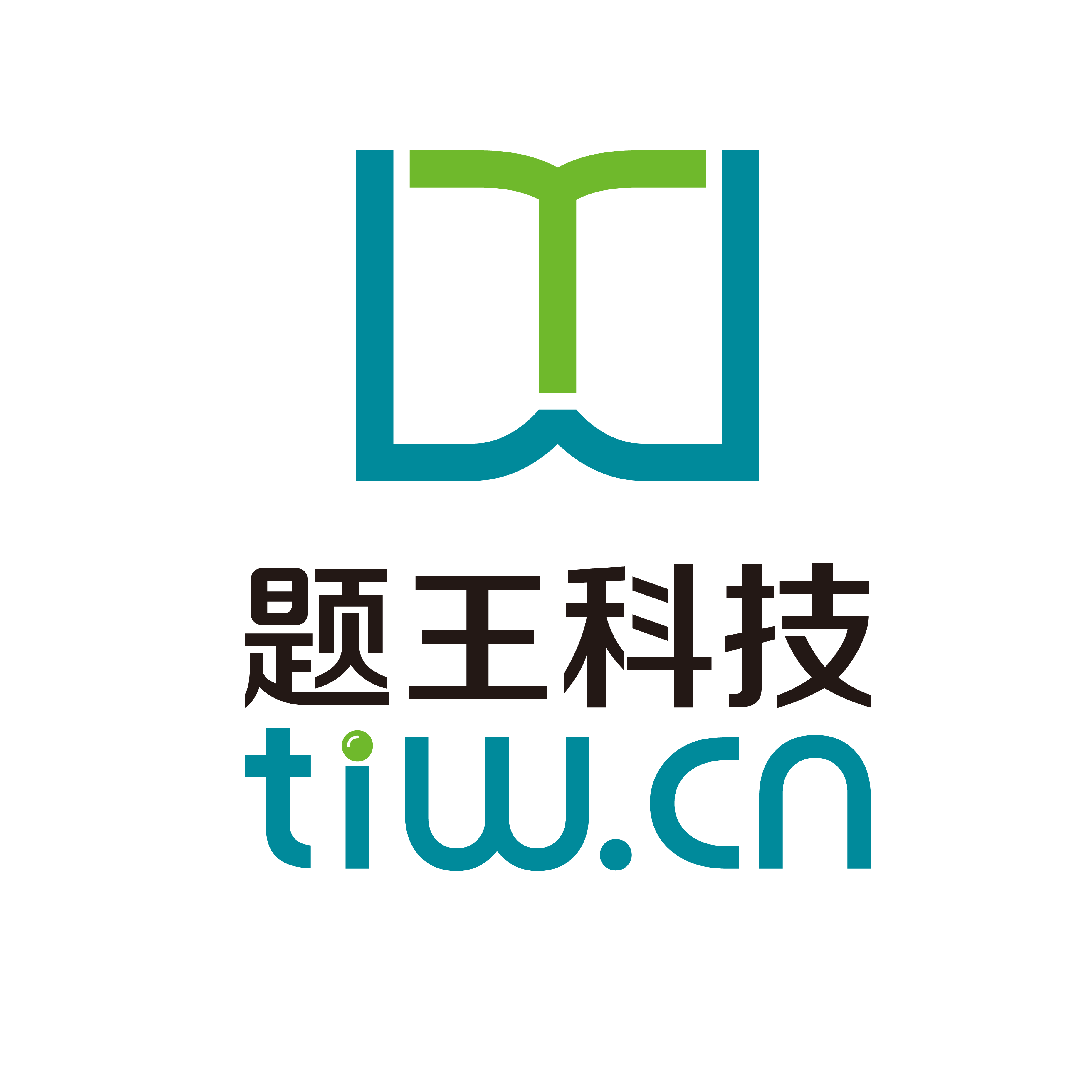 单选题
单选题
马克思的货币起源说立足于()
发布日期:2020-04-11

劳动价值论
商品价值论
劳动价格论
商品价格论
试题解析
马克思
卡尔·马克思,全名卡尔·海因里希·马克思(德语:Karl Heinrich Marx,1818年5月5日-1883年3月14日),马克思主义的创始人之一,第一国际的组织者和领导者,马克思主义政党的缔造者之一,全世界无产阶级和劳动人民的革命导师,无产阶级的精神领袖,国际共产主义运动的开创者。马克思是德国的思想家、政治学家、哲学家、经济学家、革命理论家、历史学家和社会学家。主要著作有《资本论》《共产党宣言》等。马克思创立的广为人知的哲学思想为历史唯物主义,其最大的愿望是对于个人的全面而自由的发展。马克思创立了经济理论《资本论》,马克思确立他的阐述原则是“政治经济学批判”。马克思认为,这是“政治经济学原理”的东西。马克思认为资产阶级的灭亡和无产阶级的胜利是同样不可避免的。他和恩格斯共同创立的马克思主义学说,被认为是指引全世界劳动人民为实现社会主义和共产主义理想而进行斗争的理论武器和行动指南。
- 中文名
- 卡尔·马克思
- 别名
- 摩尔、卡尔·海因里希·马克思
- 民族
- 犹太
- 逝世日期
- 1883年3月14日
- 职业
- 思想家、政治学家、哲学家、经济学家、革命理论家、社会学家
- 出生地
- 普鲁士
- 代表作品
- 《
- 葬于
- 英国伦敦海格特公墓
- 外文名
- Karl Heinrich Marx
- 国籍
- 德国
- 出生日期
- 1818年5月5日
- 毕业院校
- 柏林大学
- 主要成就
- 发起
- 信仰
- 共产主义
- 逝世地
- 英国
- 妻子
- 燕妮·马克思
源说
《源说》一书于2017年由吉林人民出版社出版,作者刘奥。本作致力于通过更加宏大的视角,并合理融汇传统文化形成过程的精髓,将人类所掌握来自不同侧重点的理论有目的性的与更加先进工具所获得信息相结合,从而获得属于这一时代的规律性纲领。
- 书名
- 源说
- 出版社
- 吉林人民出版社
- 页数
- 198 页
- ISBN
- 9787206144868
- 作者
- 刘奥
- 出版时间
- 2017年10月
- 定价
- 34 元
货币
货币(Money),是商品交换的产物,是在商品交换过程中从商品世界分离出来的固定地充当一般等价物的商品,是通货的一种。俗称金钱。通货(Currency,CCY)是度量价格的工具、购买货物的媒介、保存财富的手段,是财产的所有者与市场关于交换权的契约,本质上是所有者之间的约定。包含流通中的货币、银行券等。
- 中文名
- 货币
- 别名
- 金钱
- 本质
- 所有者与市场关于交换权的契约
- 流通手段
- 自由交易
- 货币本质证明
- 逻辑证明与证伪
- 货币的特性
- 弹性,普适性,延时性,不可分性
- 外文名
- Money
- 作用
- 经济变量
- 影响
- 通货膨胀
- 基本职能
- 支付手段
- 货币的表征
- 契约效力与契约价值
- 归属
- 通货的一种

题王网让考试变得更简单
扫码关注题王,更多免费功能准备上线!

此试题出现在
CMS专题
CMS专题
其他考试
Passage 2Several research teams have found that newborns prefer their mothers' voices over those of other people. Now a team of scientists has gone an intriguing step further: they have found that newborns cry in their native language."We have provided evidence that language begins with the very first cry melodies,"says Kathleen Wermke of the University of Wirzburg, Germany, who led the research."The dramatic finding of this study is that not only are newborns capable of producing different cry melodies, but they prefer to produce those melody patterns that are typical for the ambient language they have heard during their fetal life, within the last trimester,"said Wermke."Contraryto orthodox interpretations, these data support the importance of human infants' crying for seeding language development."It had been thought that babies' cries are constrained by their breathing patterns and respiratory apparatus, in which case a crying baby would sound like a crying baby no matter what the culture is, since babies are anatomically identical."The prevailing opinion used to be that newborns could not actively influence their production of sound,"says Wermke. This study refutes that claim: since babies cry in different languages, they must have some control(presumably unconscious) over what they sound like rather than being constrained by the acoustical properties of their lungs, throat, mouth, and larynx. If respiration alone dictated what a cry sounded like, all babies would cry with a falling-pitch pattern, since that's what happens as you run out of breath and air pressure on the throat's sound-making machinery decreases. French babies apparently didn't get that memo."German and French infants produce different types of cries, even though they share the same physiology,"the scientists point out."The French newborns produce ' nonphysiological' rising patterns,"showing that the sound of their cries is under their control.Although phonemes-speech sounds such as "ki"or"sh"-don't cross the abdominal barrier and reach the fetus, so-called prosodic characteristics of speech do. These are the variations in pitch, rhythm, and intensity that characterize each language. Just as newborns remember and prefer actualsongs that they heard in utero, it seems, so they remember and prefer both the sound of Mom's voice and the melodic signature of her language.The idea of the study wasn't to make the sound of a screaming baby more interesting to listeners-good luck with that-but to explore how babies acquire speech. That acquisition, it is now clear, begins months before birth, probably in the third trimester. Newborns "not only have memorized the main intonation patterns of their respective surrounding language but are also able to reproduce these patterns in their own [ sound] production,"conclude the scientists. Newborns'"cries are already tuned toward their native language", giving them a head start on sounding French or German (or, presumably, English or American or Chinese or anything else: the scientists are collecting cries from more languages). This is likely part of the explanation for how babies develop spoken language quickly and seemingly without effort. Sure, we may come into the world wired for language(thank you, Noam Chomsky), but we also benefit from the environmental exposure that tells us which language.Until this study, scientists thought that babies became capable of vocal imitation no earlier than12 weeks of age. That's when infants listening to an adult speaker producing vowels can parrot the sound. But that's the beginning of true speech. It's sort of amazing that it took this long for scientists to realize that if they want to see what sounds babies can perceive, remember, and play back, they should look at the sound babies produce best. So let the little angel cry: she's practicing to acquire language.What does Kathleen Wermke's research indicate?
卫生资源配置实际操作原则除了卫生资源高效利用外还应考虑()
建设行政主管部门或者其他有关部门可以将施工现场的监督检查委托给()具体实施。
2008年7月,福建土楼正式列入世界遗产名录,请简述有关专家对福建土楼的评价。
在商业银行的风险管理实践中,正态分布广泛应用于()量化,经过修正后也可用于信用风险和操作风险量化。
金融许可证()由统一印制和管理。
在家庭共同财产中,属于夫妻所有的财产是()。
办理兑换业务必须()。
关于瑞特染色后细胞着色情况错误的叙述是:()
对经济发展不同地区按比例抽取样本研究其对就医行为的影响的抽样方法为
暂无相关推荐~

